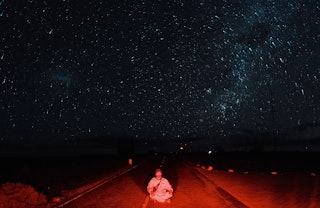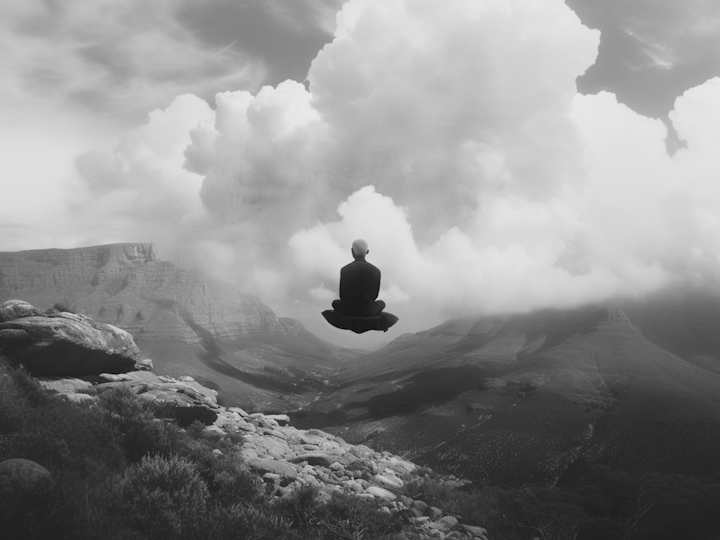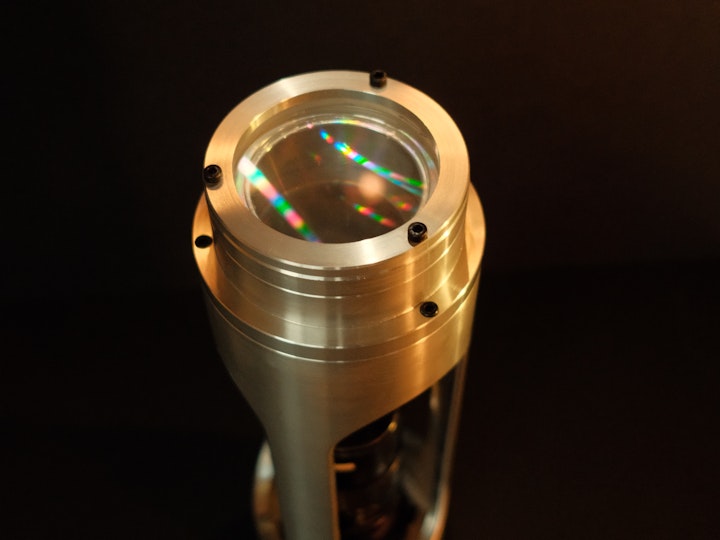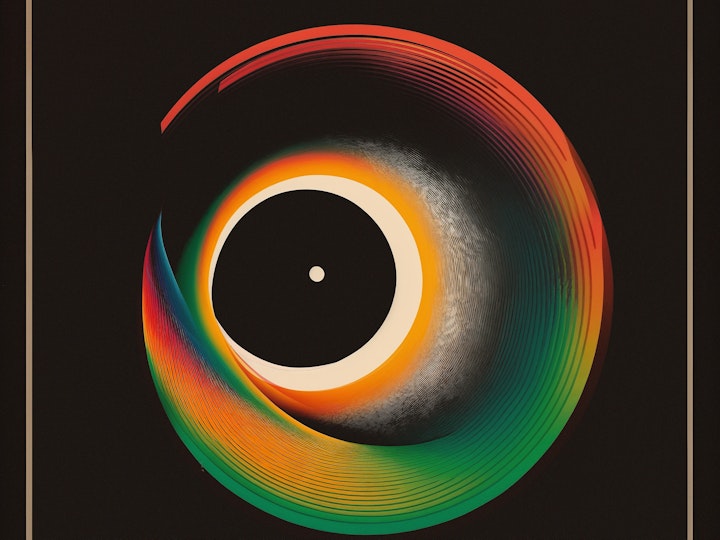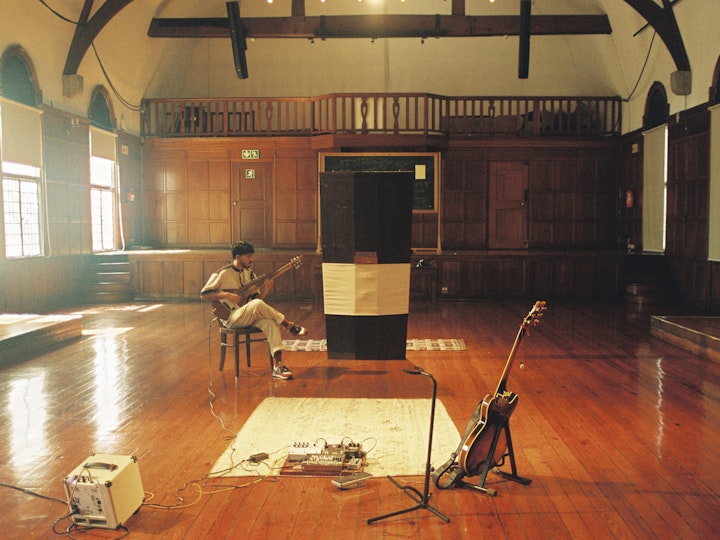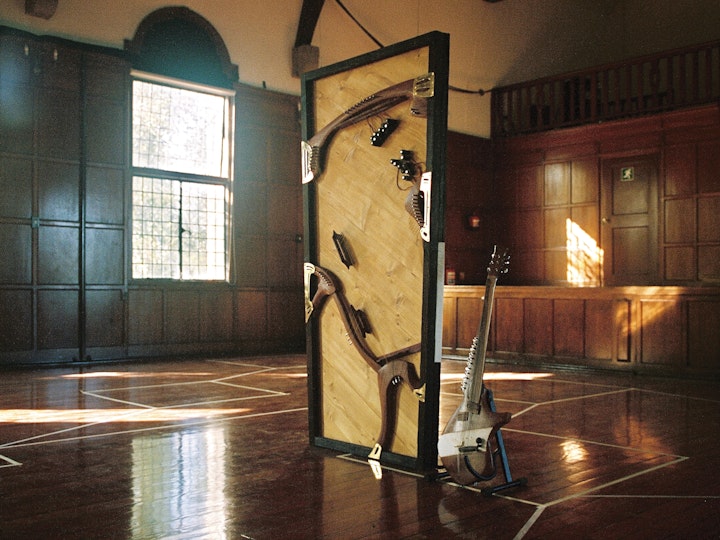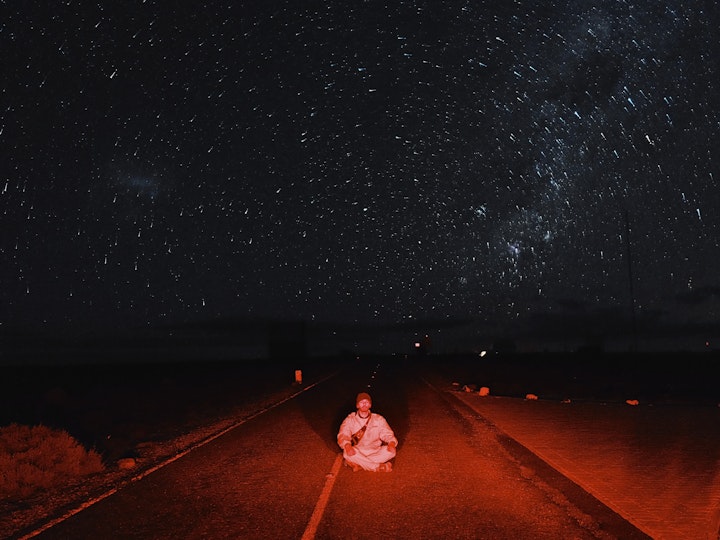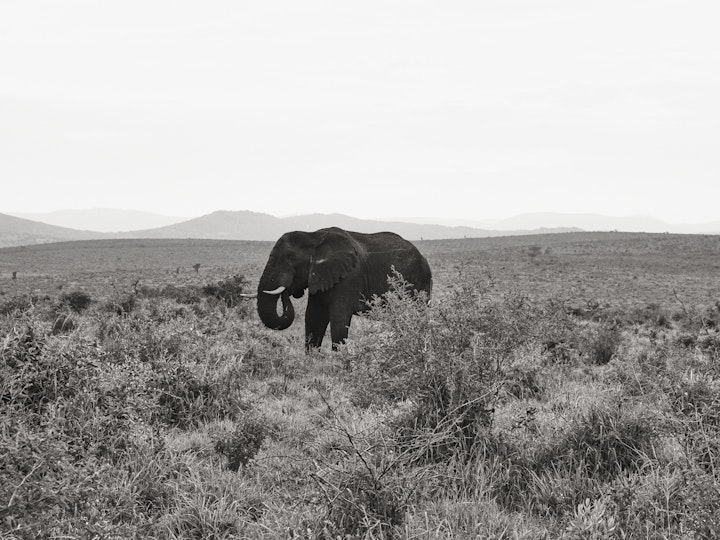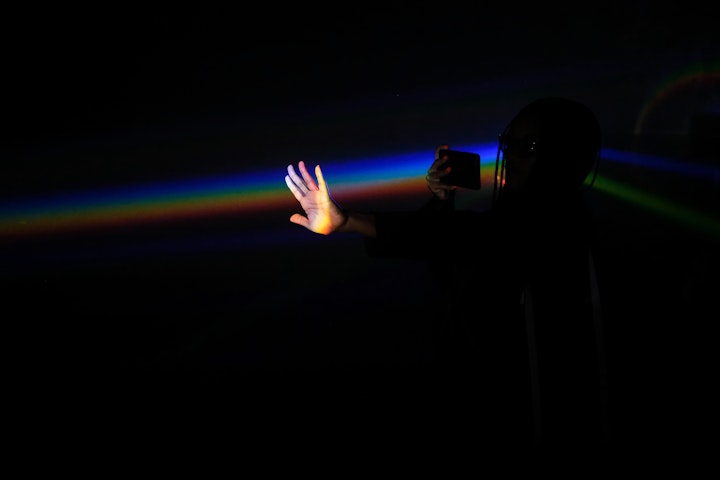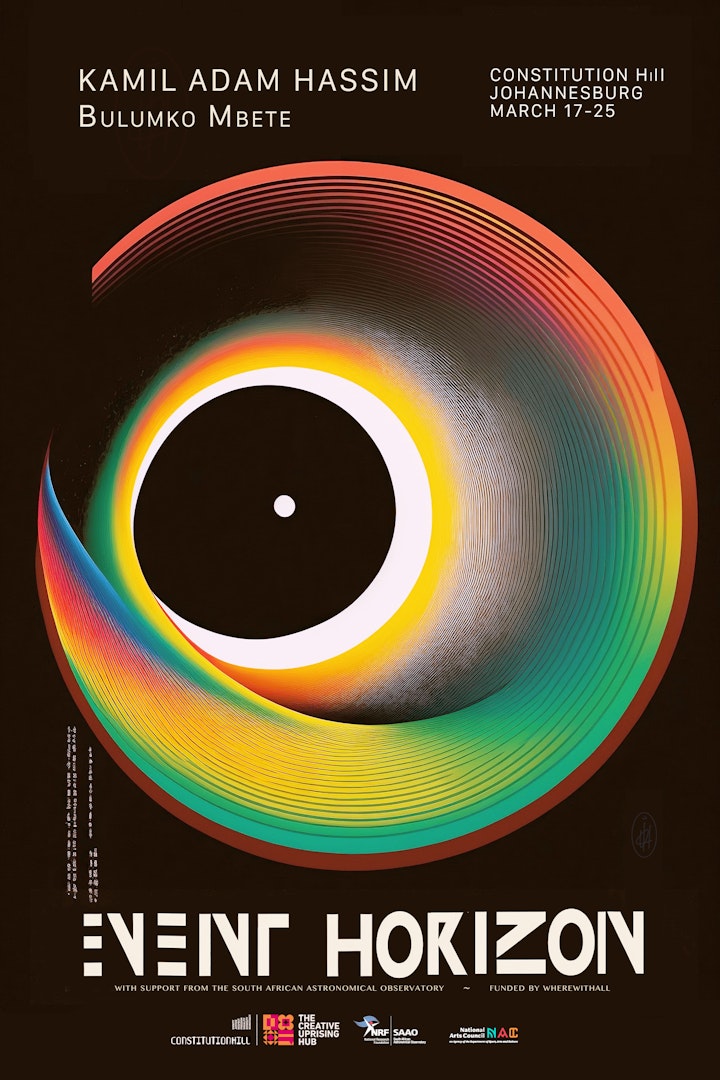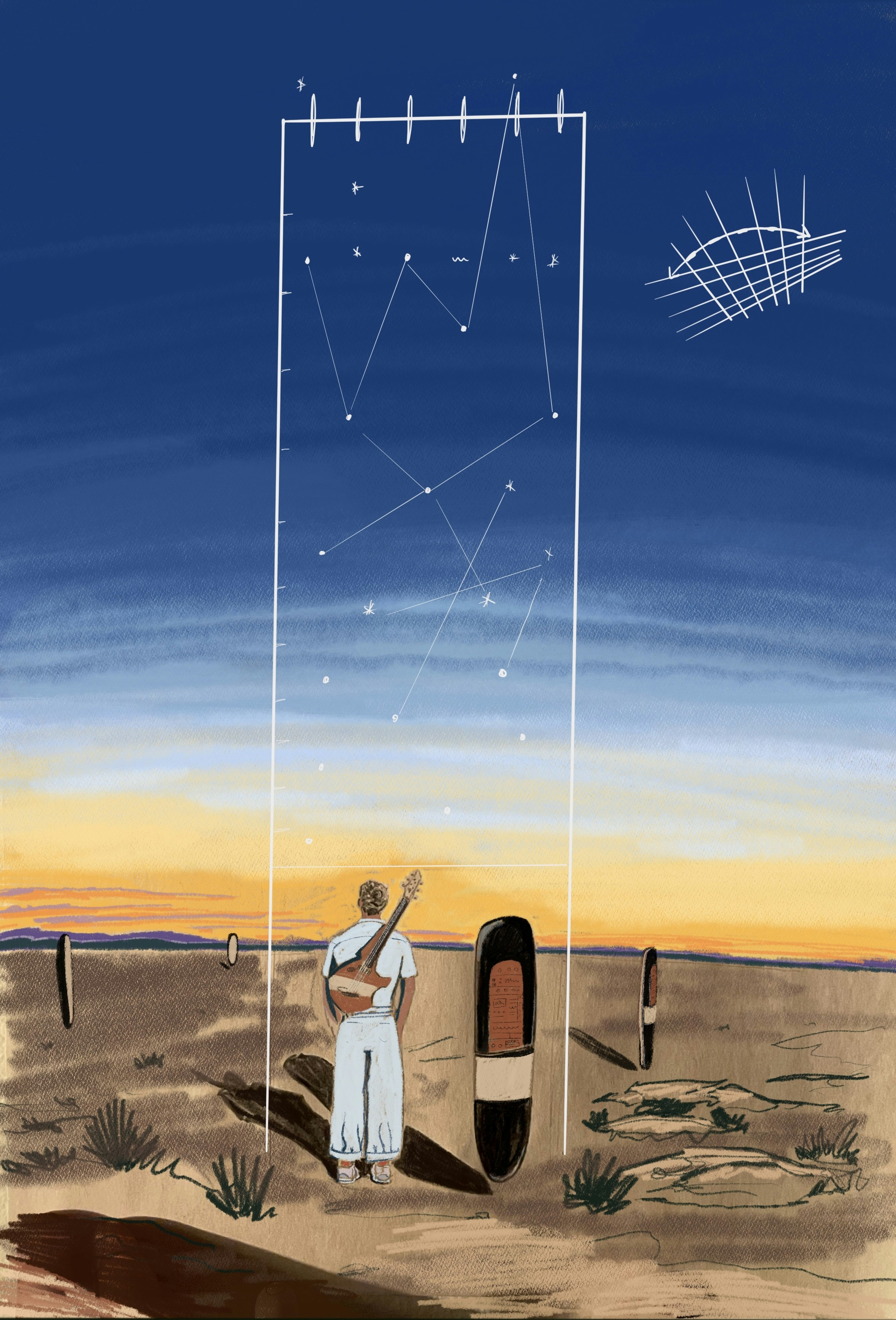
Kamil Adam Hassim is a transdisciplinary artist and researcher whose practice operates at the intersection of art, frontier science, and indigenous knowledge systems. His work investigates how unseen information—whether physical, cultural, or social—is encoded, mediated, and made perceptible through instruments, networks, and cultural paradigms.
Hassim is one of the youngest artists to be awarded a residency at CERN (European Organization for Nuclear Research) and the only artist to have undertaken independent residencies across all major astronomical observatories in South Africa, including the South African Astronomical Observatory (SAAO), the Southern African Large Telescope (SALT), the South African Radio Astronomy Observatory (SARAO), MeerKAT, the Square Kilometre Array (SKA), and Hartebeesthoek Radio Astronomy Observatory (HartRAO). These engagements have grounded his practice in sustained dialogue with scientific communities working at the limits of perception and measurement.
Central to Hassim’s work is an inquiry into how different epistemological frameworks—scientific, cultural, and indigenous—shape interpretation, inference, and meaning. Drawing on cosmology, particle physics, radio astronomy, and non-Western knowledge systems, he develops artistic apparatuses that translate abstract processes into embodied, perceptual experience.
Increasingly, his practice treats networks and communities as artistic media. He works with digital infrastructures as instruments, exploring how architectural decisions in networked systems influence trust, attention, and collective interpretation. This research extends into questions of digital sovereignty, AI training, and non-extractive models of knowledge organisation.
Hassim is currently developing "L-Infinity", a transdisciplinary research framework based in Southern Africa that supports artistic and experimental inquiry across science, technology, culture, and society. L-Infinity functions as a research container for projects that explore how emerging scientific paradigms and digital infrastructures can inform alternative cultural and civic futures.
Alongside his artistic practice, Hassim is developing a digital cultural infrastructure project within the Ambient incubation programme in Durban, South Africa, where he is working with a new frontier technology "Fabrik", a sovereign social network architecture. There, he explores networked systems as a programmable medium for community memory, participation, and trust.
His work has been exhibited, performed, and presented internationally across art, science, and research contexts.
